Beomeosa
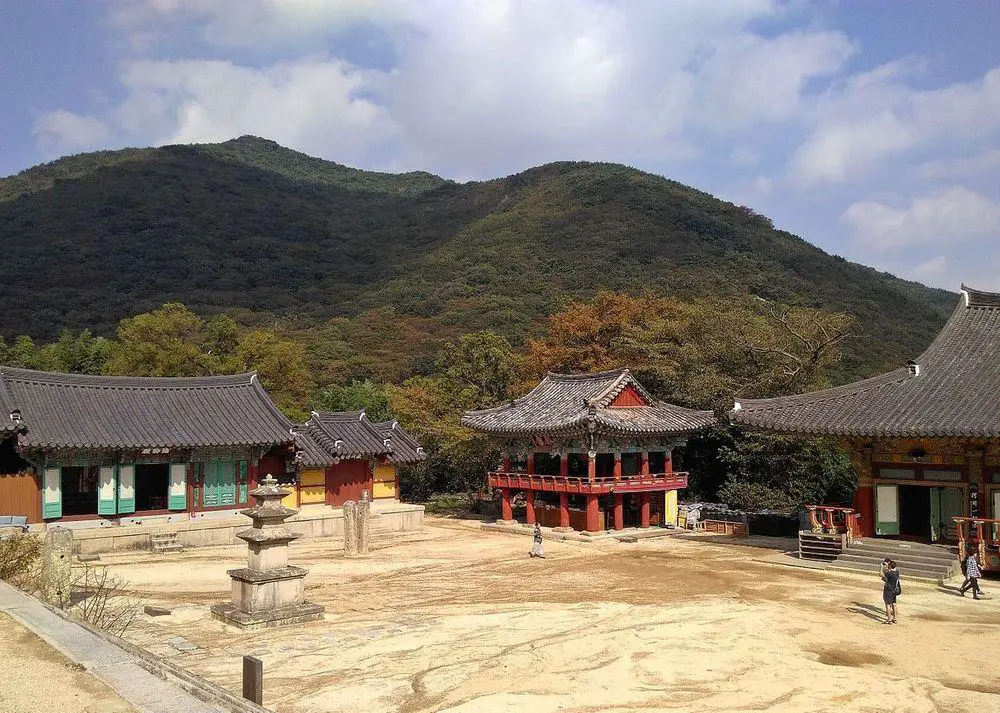
The main temple of Jogye Buddhist Order. Originally built in 678 AD, burned to the ground in 1592. Rebuilt in 1613 and contains many treasures of art.
Gyeongbokgung
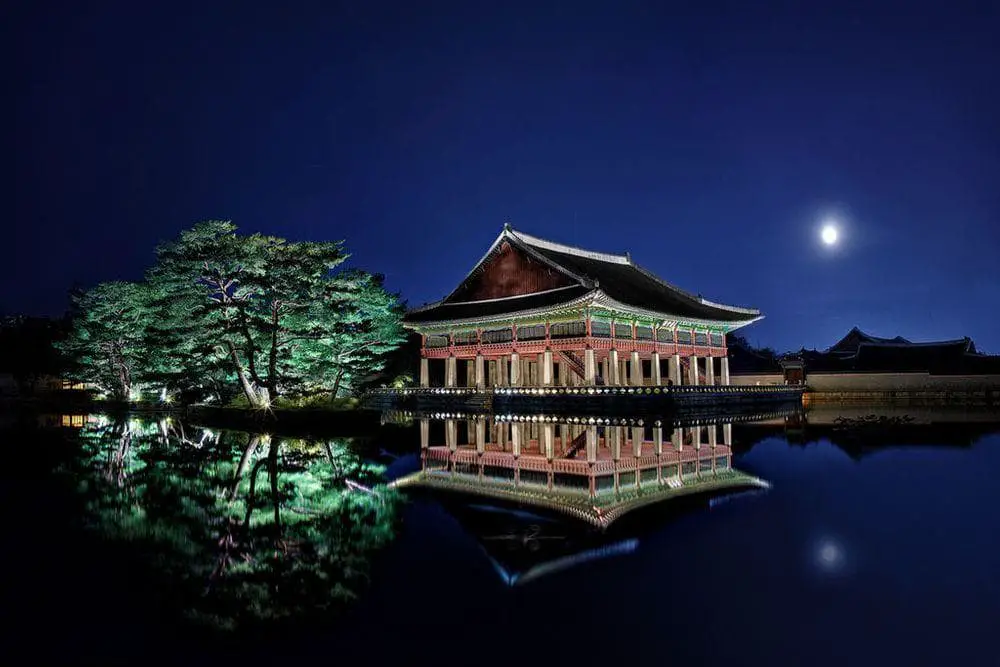
A royal palace complex, first built in 1395 and rebuilt in 1867, when 330 buildings with 5,792 rooms were constructed. One of the symbols of Korea. Currently, the complex is undergoing reconstruction.
Changgyeong Palace
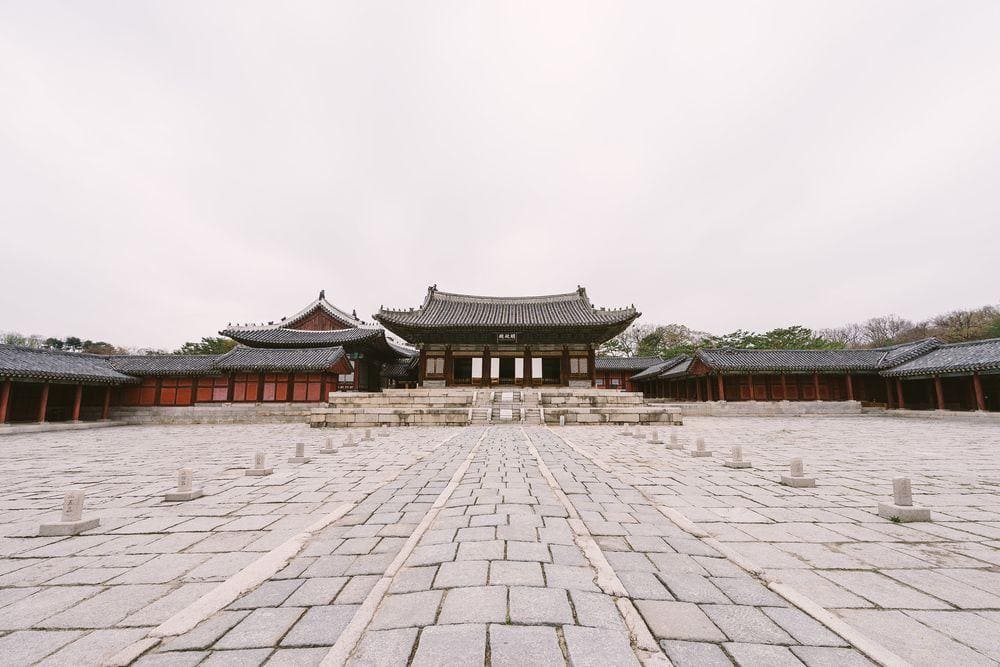
Former summer palace of Goryeo Kings, originally built in the middle of the 15th century.
Changdeokgung
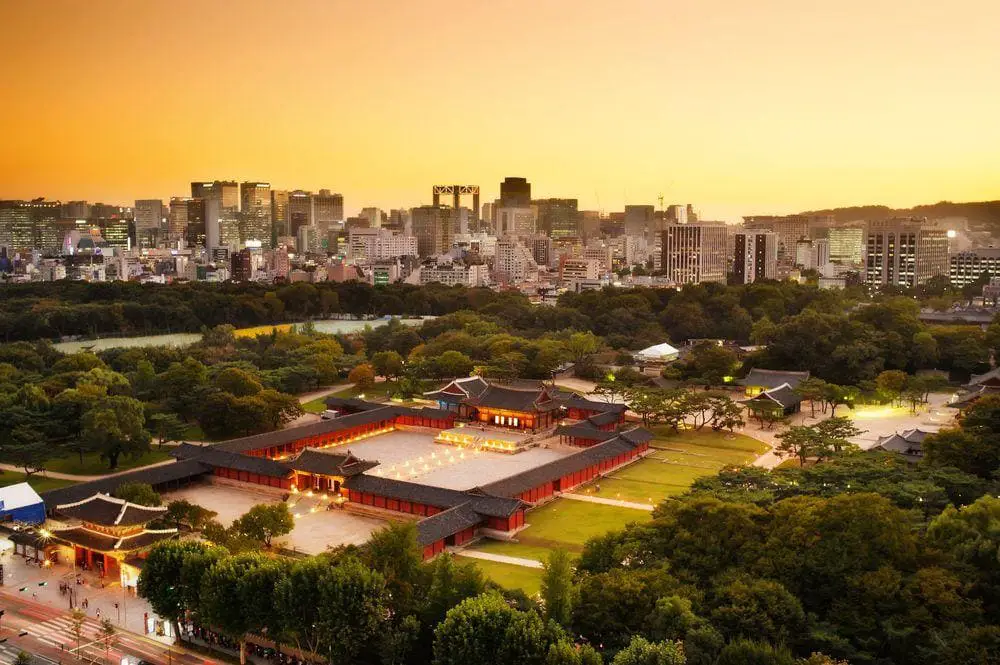
The royal palace complex of the Joseon Dynasty, an outstanding achievement of Korean architecture. The palace complex was built in 1405 – 1412 and currently, there are 13 buildings and gardens with 28 pavilions. The complex has free planning that is in a harmony with the hilly relief and nature.
Samnyeon sanseong
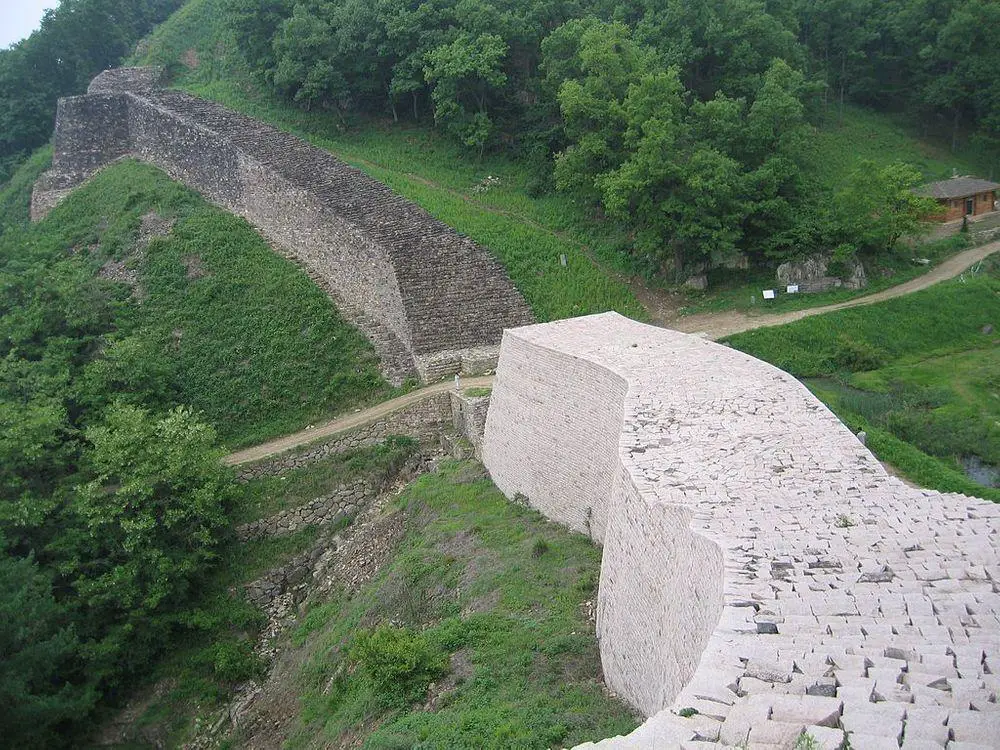
Ruins of an enormous mountain fortress that was constructed in 470 – 473 AD. The measured length of walls is 1,680 – 1880 m and they were 13 – 20 m tall.
Namhansanseong
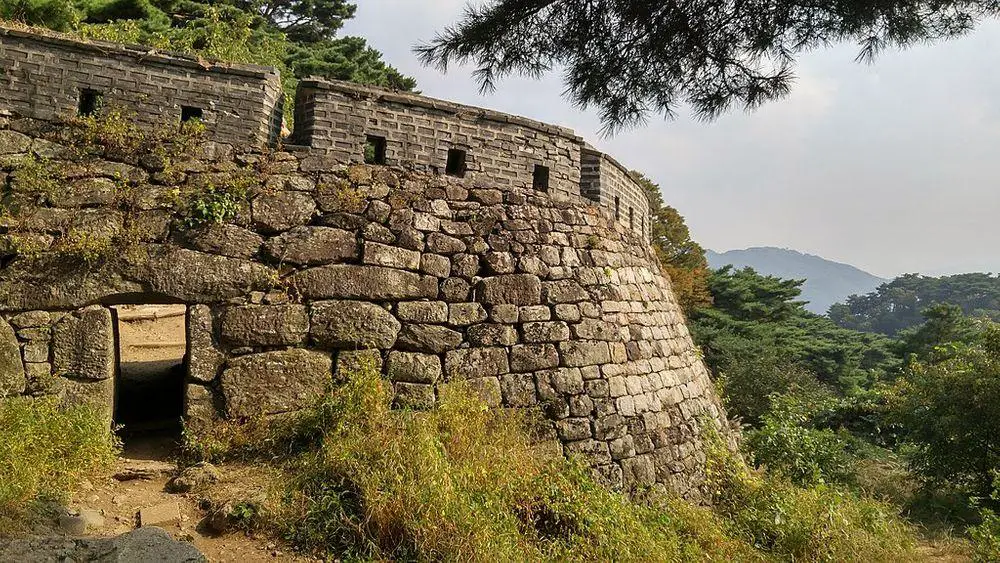
Well preserved, impressive mountain fortress that now is adorned with parks and temples. The first known fortress was built here in 672 AD. Current structures have been constructed mainly in the 17th – 18th century. Since 1954 here is a park with fine views of Seoul.
Hwaseong Fortress
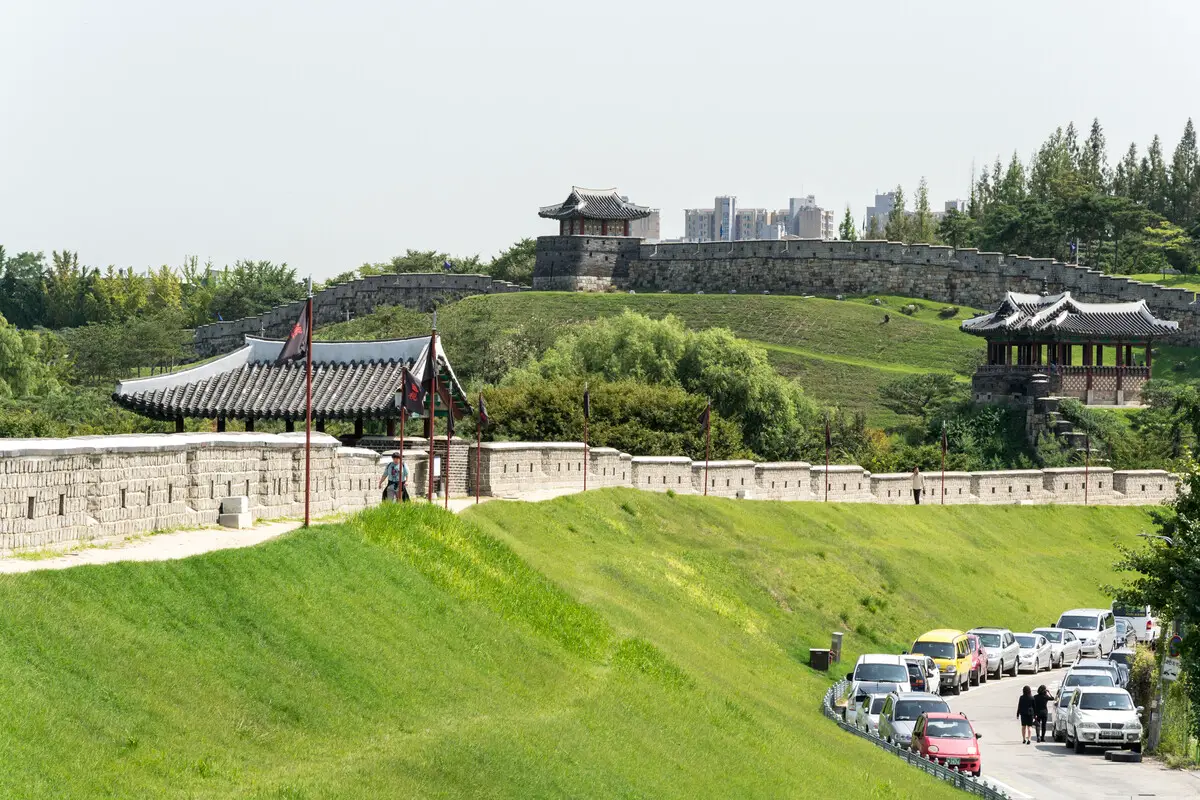
The only preserved city walls in South Korea, built around the historical center of Suwon City in 1794 – 1796. Wall is 5.74 km long and 4 – 6 m tall.
Geumjeongsanseong
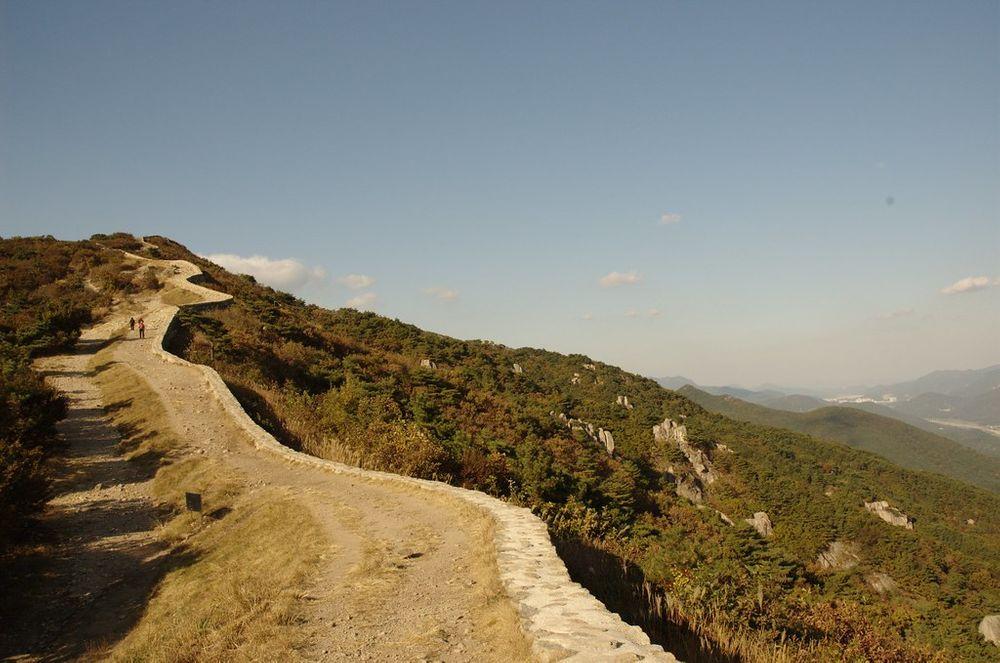
Largest mountain fortress in South Korea. Fortress was built in 1703 and its walls were some 17 km long, 1.5 – 3 m tall.
Dongnae eupseong
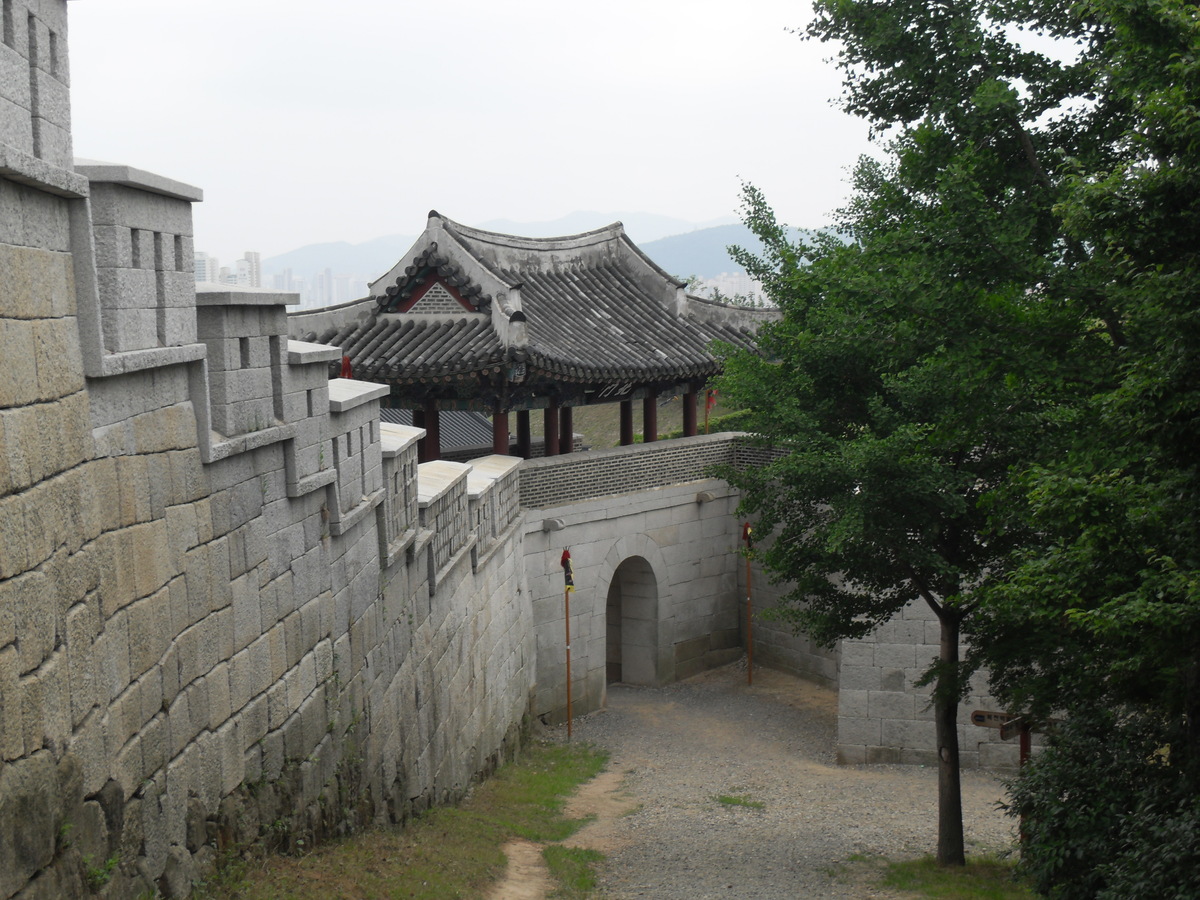
Ancient fortress of Busan city, first mentioned in 1021 AD. Fortress was extended in 1713 – then the length of walls reached 5,240 m.
Yangdong Folk Village
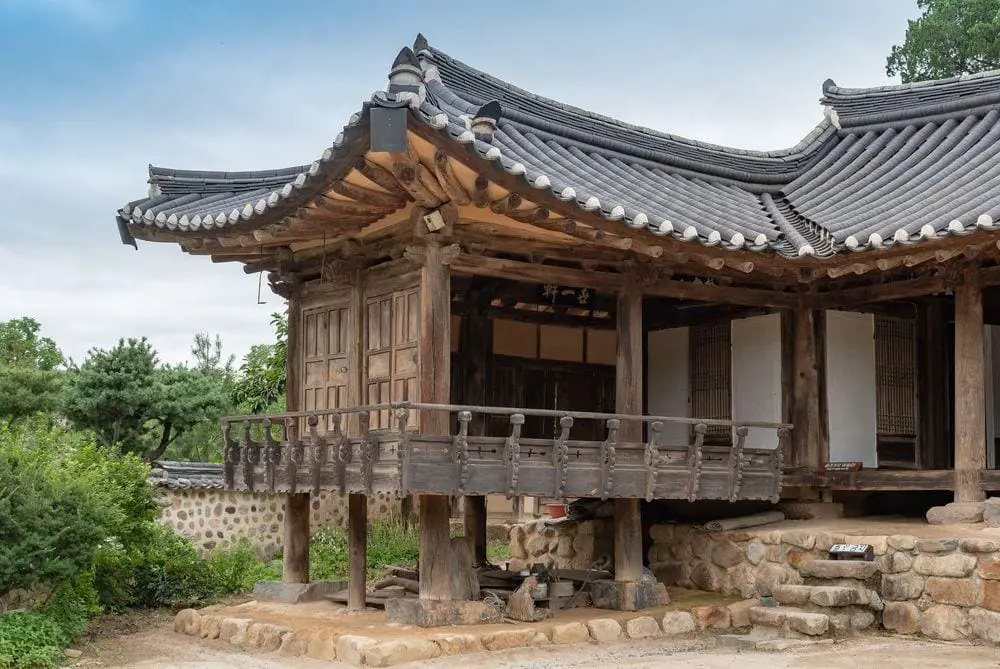
A very well preserved traditional village that was founded in the 15th century. A group of more than 160 traditional houses in dense forest, with local people still practicing traditions of the old.
